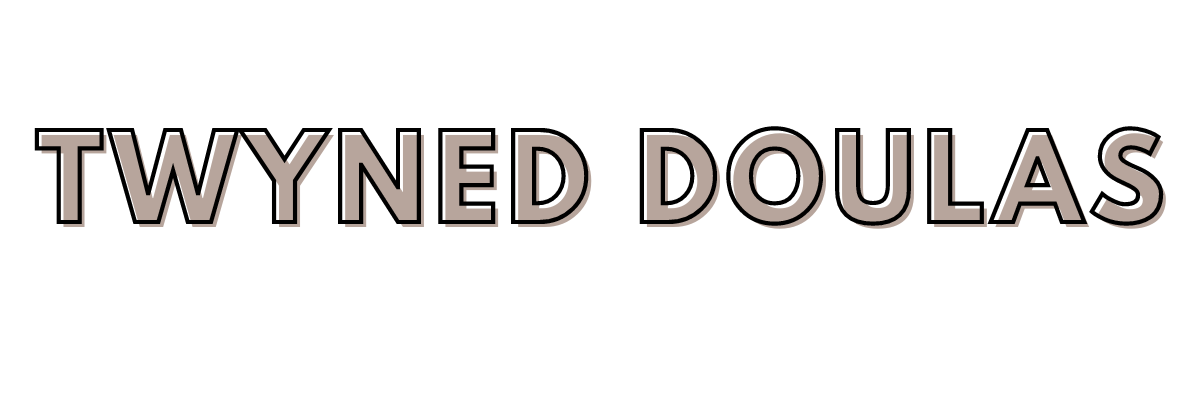Welcoming your little bundle of joy into the world is truly a miracle, a moment that changes everything. The journey is filled with excitement, anticipation and a bit of anxiety. To make the most of it, it helps to understand the labor stages and be prepared for the adventure ahead.
Pre-Labor
Early labor can be tricky to spot, but some signs include a bloody show, cramps that feel like your period or even a case of the runs. You may notice some Braxton Hicks contractions or just feel a bit “off.”
Contractions can start off random and mild, but as they progress, they’ll become more frequent. They won’t stop, regardless of what you’re up to, so buckle up and get ready for the ride.
You might notice a burst of energy, feeling talkative, and even nesting. You can chat through contractions, and you may wonder if it’s go-time yet. With a mix of emotions, ranging from excitement to anxiety, you might feel eager to get things started or just plain restless.
When it comes to what you should do: stay busy, ignore the early phase as long as possible, and try not to get too caught up in each contraction. Fuel your body with a healthy meal and rest up while you can.
Early Labor

When you’re beginning to settle into a routine and can’t stop talking between contractions, it might be early labor. Those contractions are heating up and arriving 3-30 minutes apart, and they’ll last for 15-45 seconds. You may feel low back pain.
As your body gets to work, you’ll find yourself moving around and adjusting positions to get comfortable. That “I’m a lady” modesty? It’s sooo out the window. Your excitement might be taking a back seat to the reality of the situation, and you’ll have moments of self-doubt and worry. It’s all normal, mama!
So, what’s a gal to do? Get into a routine, focus on each contraction like a warrior, and keep yourself active and moving. If you’re feeling a little stuffy, head out for some fresh air to help keep your mind clear. You’ve got this!
Active Labor

Silence is golden and you may be feeling more serious and contemplative. You might even start vocalizing your contractions and become irritable if someone interrupts your vibe.
The contractions are coming in hot, every 2-5 minutes, lasting up to 90 seconds and packing a punch. You’re in the zone, focusing on your body’s mighty work, and moving slow. Modesty? What’s that? You’re not worried about it anymore.
Emotions on a rollercoaster, but you’re pushing through by being laser-focused on managing those contractions. Let go of any worries or desire to control the situation, embrace your inner power, and keep on your routine.
Transition Stage

Here are some signs to look out for during labor: shaking, feeling queasy, or tossing your cookies. You might also cycle through feeling hot or cold. As for contractions, they pick up in this stage.
Behaviors and emotions could get a little wild. You might feel like you’re losing your mind, flailing around, screaming, or unable to relax. You might even say things like “I can’t do this anymore!” and feel totally overwhelmed or panicked. But don’t give up hope! Here’s what you can do:
Try focusing on one contraction at a time, and take breaks in between to rest or snooze. And, most importantly, lean on your support squad to help you stay calm and collected. They’ve got your back!
Pushing Stage

When you feel a powerful urge to push and suddenly turn chatty between contractions, you know things are getting real.
Those contractions will start to feel more productive, and you might even be in a resting phase between them.
Emotionally, you might feel a bit confused if the contractions slow down, but grateful for any break you can get. The end is near, and you’ll be feeling refreshed, optimistic, and living in the moment.
But what to do when things slow down a bit? Rest up, wait for the urge to push, and try different positions. And when it’s time to push, take it slow to help prevent tearing.
Placenta Birth

Here’s the lowdown on what to expect after your little bundle of joy arrives.
Once you notice a small gush of blood, it’s a sign that the placenta is all done and ready to make its grand exit. You’ll still feel contractions, but they won’t be as intense or painful as before.
Take a moment to catch your breath and focus on your newborn, but don’t be surprised if you feel exhausted, elated, and even a bit shocked all at once. As you bask in the euphoria of the moment, your doctor will give you the deets on delivering the placenta and any necessary repairs.
Just remember to listen closely to their instructions, so you can rest up and soak in all the joy that comes with your new arrival!
Your baby is here!
As we wrap up this chapter on the stages of labor, remember that each birthing experience is as special as a snowflake, with no one perfect way. Your healthcare team, loved ones, and inner strength will be your BFFs through this wild and crazy ride. Embrace the unexpected, trust your instincts, and let your body do its thing. And when you finally get to hold your little bundle of joy, all that hard work and pain will disappear into a distant dream, replaced by the magic of new life.





0 Comments